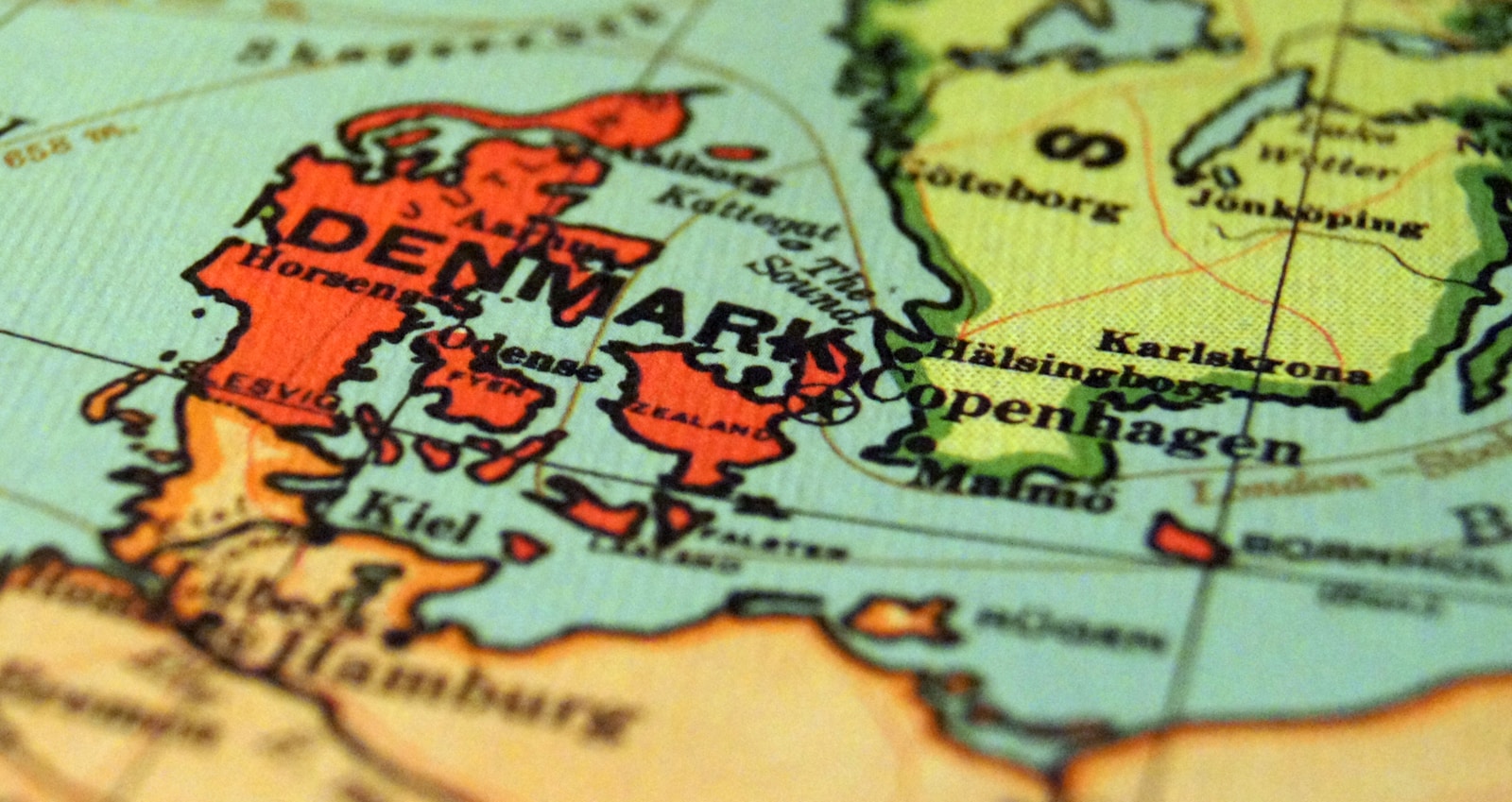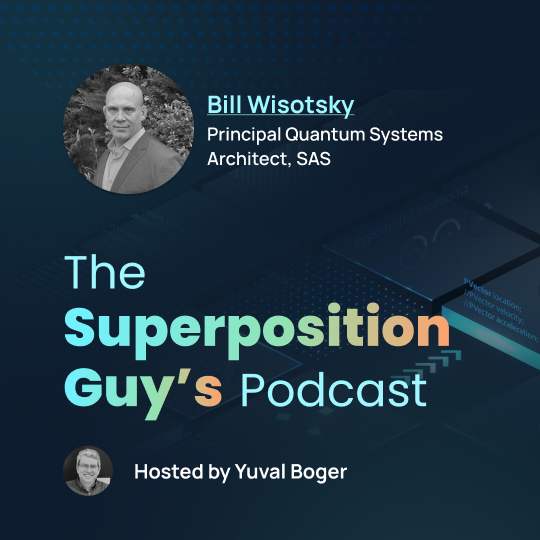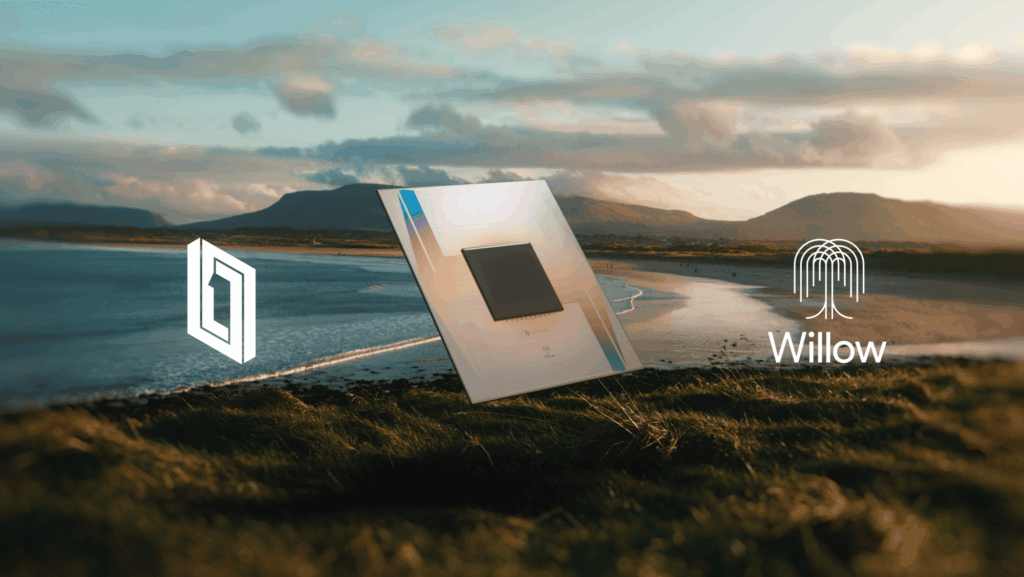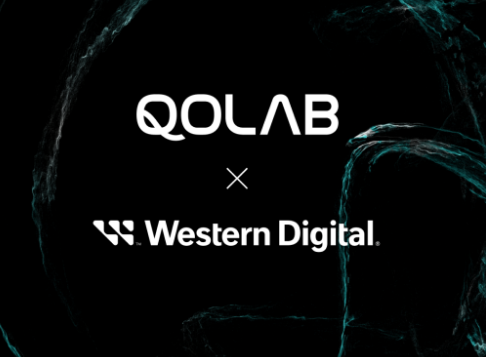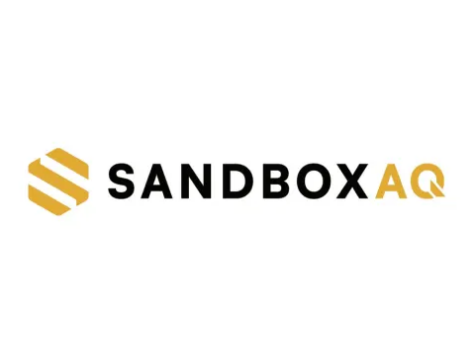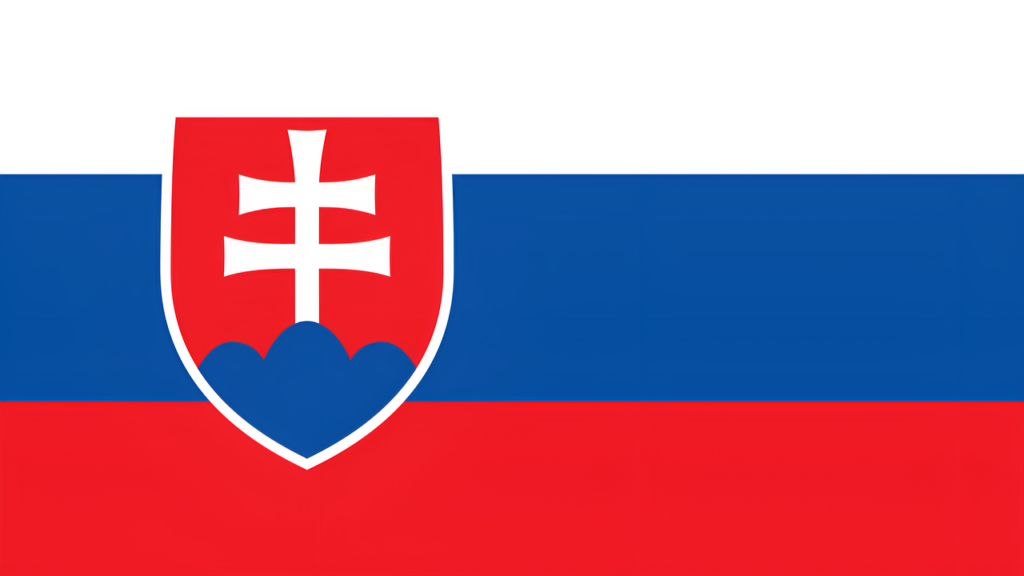Guest Post By Prineha Narang,
Professor in Physical Sciences, and in Electrical and Computer Engineering at the University of California, Los Angeles (UCLA). She is a Visiting Professor of Physics at the Niels Bohr Institute (NBI) and an Operating Partner at deeptech venture fund DCVC.
The bottom line: While many are still debating whether quantum is “real”, Denmark just put €300 million on the table. That’s not a bet—that’s an outline for how allied nations win the quantum race without sacrificing technological sovereignty. Today’s announcement of 55 North—a dedicated quantum VC fund closing its first €134 million with a €300 million target—isn’t just another fund launch. It’s the capstone of a deliberate, multi-year strategy that’s transformed Denmark into a quantum hub. And if you’re paying attention to where serious money is flowing in 2025, this matters more than another AI wrapper company raising on buzz.
The Capital Stack That Actually Makes Sense
Here’s what Denmark figured out: you can’t innovate by committee, and you can’t commercialize with grants alone. The Danish model works because it stacks capital intelligently across the entire quantum value chain and leverages public-private partnerships set up over the last few years, including:

QuNorth, the €80 million flagship—a joint venture between the Danish government’s EIFO and Novo Nordisk Foundation that acquired “Magne”, a powerful commercial quantum computer. Built through the Microsoft-Atom Computing partnership, it’s 100% Danish-owned but leverages best-in-class American hardware and Microsoft’s Azure quantum stack. That’s strategic. Denmark gets sovereign quantum computing infrastructure by 2027 with 50 logical qubits while Microsoft gets its largest European quantum presence just north of Copenhagen.
The Novo Nordisk Foundation’s €201 million NQCP goes deeper, targeting fault-tolerant “Level 3” systems post-2030 for life sciences applications. Deep collaboration with American research groups, including my own, at the Niels Bohr Institute creates a transatlantic research pipeline that benefits both ecosystems.
Now add 55 North into this stack—anchored by EIFO and Novo Holdings, led by quantum veterans from IonQ, Amazon, and Microsoft—and you’ve got a complete capital structure from basic research through commercialization. They’ve already deployed capital into IQM’s €275 million Series B and co-led Kiutra’s €13 million round with more announcements to come. Total Danish government quantum commitment: DKK 1 billion-plus. Per capita quantum investment: highest in the world. And critically—it’s working across the full stack simultaneously rather than picking favorites (qubits).
Not The Year of Quantum in Name Alone
Quantum is no longer speculative territory. It’s a maturing technology with proven commercial traction, natural moats, and unprecedented government backing across allied nations. Q1 2025 saw over $1.25 billion flow into quantum computing alone—more than doubling the previous year. That’s not chasing narratives. That’s smart capital recognizing an inflection point. Denmark’s model creates multiplicative returns that pure private capital can’t match. When the government commits €80 million to QuNorth, it doesn’t crowd out private investment—it creates demand. Nordic enterprises now have sovereign access to cutting-edge quantum systems, which generates the commercial pull that makes private quantum investments attractive.
The 55 North structure is particularly elegant: stage-agnostic global investing with approximately one-quarter targeting Nordic firms specifically. That’s intelligent local ecosystem development combined with global optionality.
For American investors, this means looking for companies with exposure to these well-capitalized ecosystems. Denmark’s quantum complex creates a stable customer base and research infrastructure that benefits portfolio companies across the Atlantic. When American quantum startups partner with Danish institutions, they’re tapping into both world-class research (the Niels Bohr legacy is real!) and guaranteed EU market access. The Microsoft-Atom Computing-QuNorth partnership demonstrates the model: American quantum hardware and software meets Danish capital and research infrastructure meets guaranteed Nordic deployment.
I’ve been working with Denmark’s tech ecosystem since my time as U.S. Science Envoy. The numbers tell a compelling story. And Denmark figured out what many others haven’t: how to structure partnerships that create multiplier effects rather than bureaucratic friction. The Niels Bohr heritage provides the talent pipeline, but these innovative partnerships provide the capital efficiency.
We are seeing, in real-time, how powerful Denmark’s public-private accelerators have been in the country’s emergence as a quantum tech powerhouse. The Danes are positioning themselves to be quantum makers and producers. They’re doing it through intelligent partnerships that leverage American quantum leadership while building Danish sovereignty.
Denmark’s launch of the world’s largest quantum fund is a clear signal. The capital is deploying now. Position accordingly.
As our Danish friends say: Vi er på en mission.
Dr. Prineha Narang is an American scientist, engineer, and entrepreneur. Dr. Narang is a Professor at the University of California, Los Angeles (UCLA), and a Visiting Professor of Physics at the Niels Bohr Institute (NBI) and at the Novo Nordisk Foundation Quantum Computing Program (NQCP) in Copenhagen, Denmark. She is an Operating Partner at deeptech fund DCVC and also a non-resident Fellow at the Foundation for American Innovation (FAI).

